Table of Contents
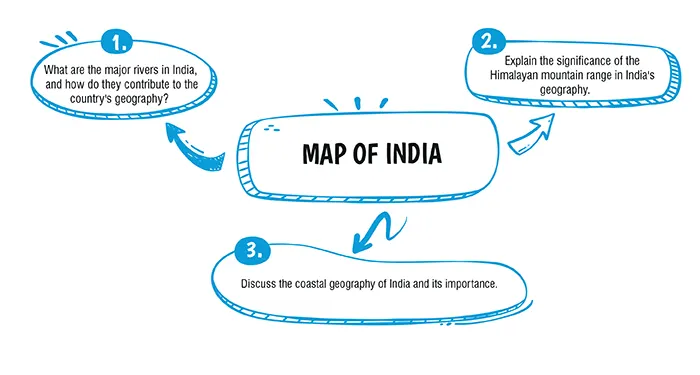
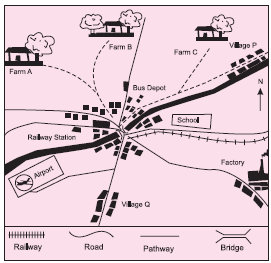
Ans.(a)
Explanation:
Radial pattern

Ans.(d)
Explanation:
Disappearing pattern
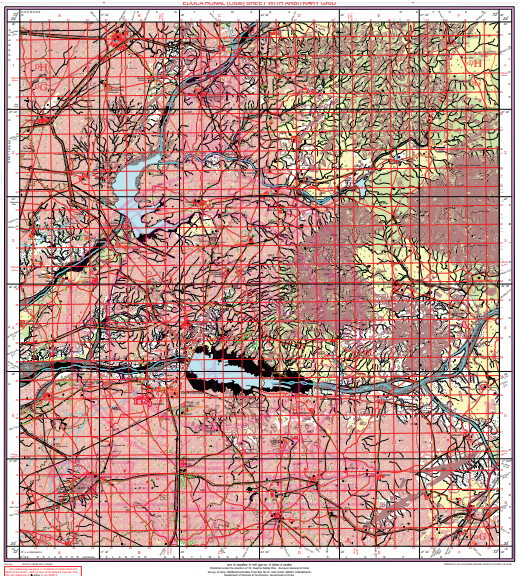
Explanation:
Perennial water source is represented by blue colour and could be seen in grid square 3284 and 3384 .
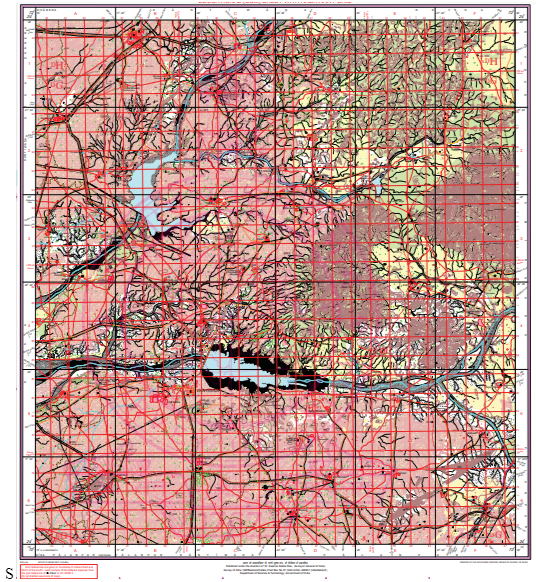
Explanation:
(a) They stand for relative height. The relative height of sand is 8 m in grid square 2978 and 18m in grid square 2976 respectively from the surrounding surface.
(b) These numbers are called kilometre stones or milestones. They are marked on a metalled road to make the people aware of how much they have travelled or how far they have come.
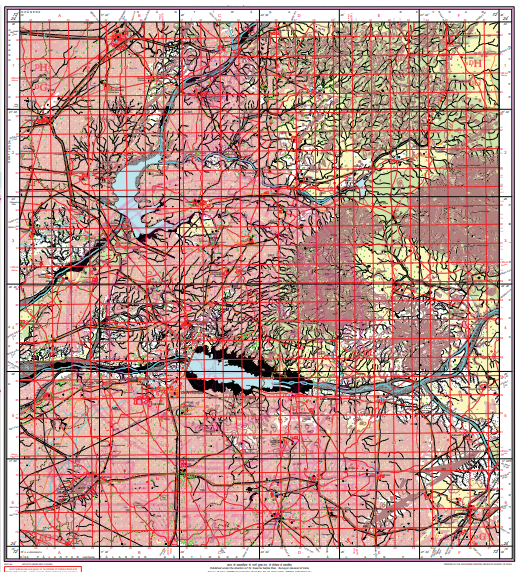
Explanation:
The climate experienced by the given region is tropical monsoon. The region depicted here is a semiarid region; broken ground and presence of sand dunes support the statement.
Download Mind Map of this chapter
Download NowWant to Practice Mock Tests of this chapter
Practice NowDownload Important Questions of this chapter
Download Now| Chapter No. | Chapter Name |
|---|---|
| Chapter 1 | Map Study: Interpretation of Topographical Maps |
| Chapter 2 | Map of India |
| Chapter 3 | Location, Extent and Physical features |
| Chapter 4 | Climate of India |
| Chapter 5 | Soil Resources |
| Chapter 6 | Natural Vegetation of India |
| Chapter 7 | Water Resources |
| Chapter 8 | Mineral and Energy Resources |
| Chapter 9 | Agriculture In India |
| Chapter 10 | Industries in India: Agro Based |
| Chapter 11 | Industries in India: Mineral Based |
| Chapter 12 | Transport in India |
| Chapter 13 | Waste Generation and Management |
CBSE Important Questions Class 10
ICSE Important Questions Class 10
CBSE Important Questions Class 10
ICSE Important Questions Class 10